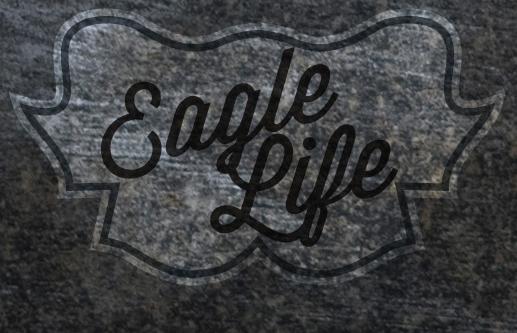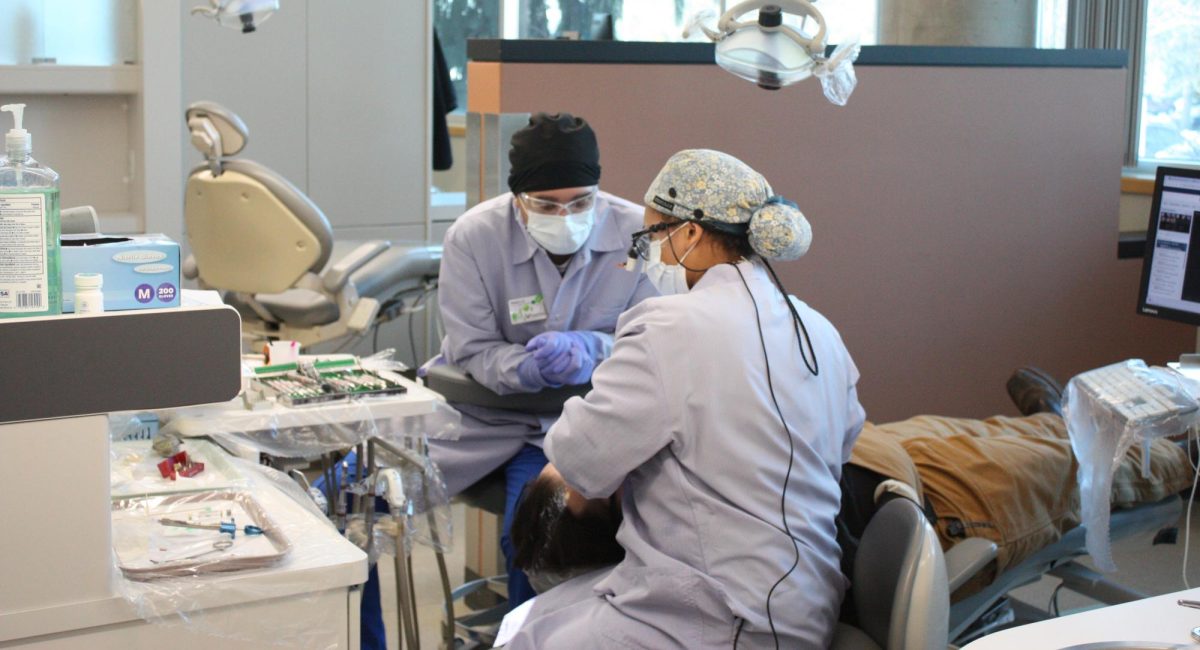Engineering students catapult into competition

November 25, 2013
On Nov. 16 two teams of engineering students competed in a trebuchet competition hosted by Spokane Falls Community College.
The competition featured five trebuchets, three built by Spokane Falls Community College and two built by EWU students. This is the second time that Spokane Falls Community College has hosted the competition. The last time the competition was hosted, in 2011, EWU placed first.
This year’s EWU teams were given $300 each through the American Society of Engineers club on campus. The teams then came up with their own trebuchet design within the restrictions of the competition rules.
A trebuchet differs from a catapult in the mechanism it uses to move the arm. A trebuchet uses a mass counter weight that when dropped, swings the arm around a pivot point, while a catapult uses a spring that when the arm is pulled, it creates tension that launches the arm.
Jonathan Duston, a mechanical engineering student and member of one of the EWU teams, explained the only criteria given for their design was that the base had to be an 8 foot by 8 foot cube built in traditional trebuchet style. The arm and construction material was up to them.
Artur Gurdyumov, a mechanical engineering student and another member of Duston’s team, added that their design differs because their trebuchet has wheels.
“The reason we put wheels on it was to kind of take some of the stress off when it’s swinging. That way there is no resistance … to the ground,“ said Gurdyumov.
In their trebuchet tests, they were able to launch multiple 8-gallon jugs of water about 120 yards and 13-16 pound pumpkins, 90-95 yards.
The other team competing for Eastern chose to use a different design. Their trebuchet features a floating arm that can be more efficient, but can also be more difficult to properly build.
Matt Clarke, American Society of Mechanical Engineering club events officer, explains the floating arm has a weight that falls vertically and after a certain point a set of wheels on the arm hit a horizontal track on the trebuchet frame causing a horizontal motion which then releases the pumpkin. The traditional style trebuchet just has a long arm with a counterweight connected to the other end and swings on a single axis.
For the competition, teams launched 8-12 pound pumpkins. At the competition, Duston and Gurdyumov’s team were able to launch 294 feet and their fellow Eastern team achieved 300 feet, while Spokane Falls Community College reached about 200 feet.
“There wasn’t really a winner declared. It really just turned into all the teams coming together to help each other out and have a good time. There was very good sportsmanship by both [American Society of Mechanical Engineering] clubs,“ said Clarke.








